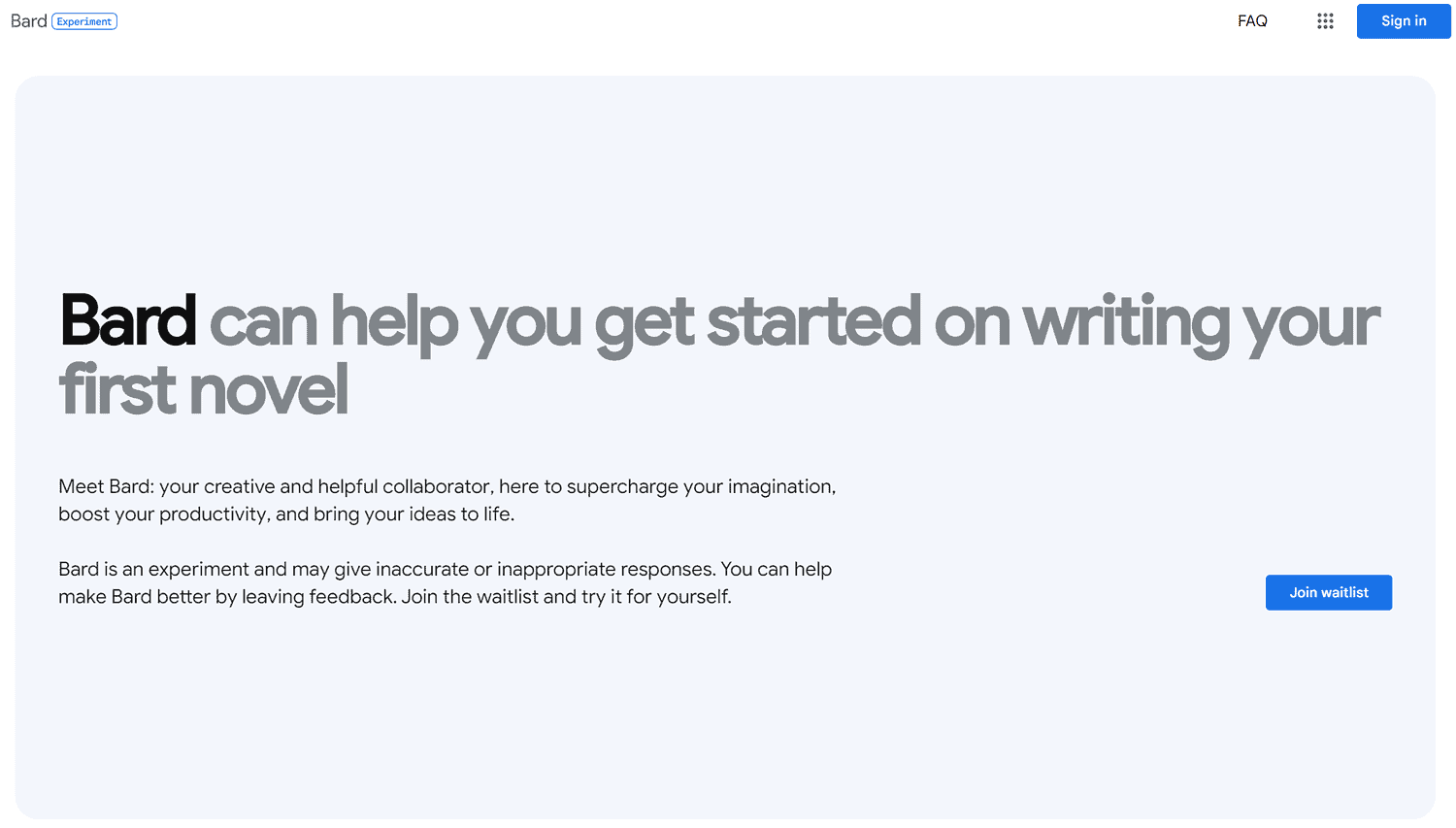Google announces the beginning of its public release of chatbot Bard. The release comes as the demand for conversation AI surges, with Microsoft-backed OpenAI’s ChatGPT causing a stir in the world of technology. With this, Google hopes to gain users’ feedback which will improve and shape the accuracy of the program.
Customers can now sign up for a waiting list for English-language access to Bard in the United States and the United Kingdom. The company will accommodate additional users, countries and languages later on.
Before this release, the program was previously only open to approved testers. Highlighting that Bard is an “experiment” in collaborative generative AI, the company says it uses a technique that utilizes past information to generate content rather than just find it.
However, accuracy continues to be a problem. “Bard will not always get it right,” a Google pop-up message warned during the demo last month. A promotional video in which it answered a question incorrectly contributed to a US$100 billion loss in parent company Alphabet Inc’s market worth.
Read Also: Google CEO asks staff to spend hours ironing out Bard’s kinks
Jack Krawczyk, a senior product director, commented on the inaccuracy, saying that “we know the limitations of the technology, and so we want to be very deliberate at the pace at which we roll this out.”

Fishing for feedback
Google is releasing Bard initially with its lightweight model version of LaMDA. This smaller model requires less computing power which enables the company to reach more users and allows for more feedback.
LaMDA is Google’s conversation technology, short for Language Model for Dialogue Applications. According to the company, the applications of AI especially in its Search function, are valuable and practical.
“Synthesizing insights for questions where there’s no one right answer,” according to Google CEO Sundar Pichai, is part of Bard’s job.
The most significant differences between Bard and ChatGPT include the program producing text blocks instantly, as opposed to ChatGPT which types out responses word by word.
Bard also has a feature where users can choose between three distinct “drafts” of any given response. It additionally has a button that says “Google it” if the user wants to search the web for an answer.
